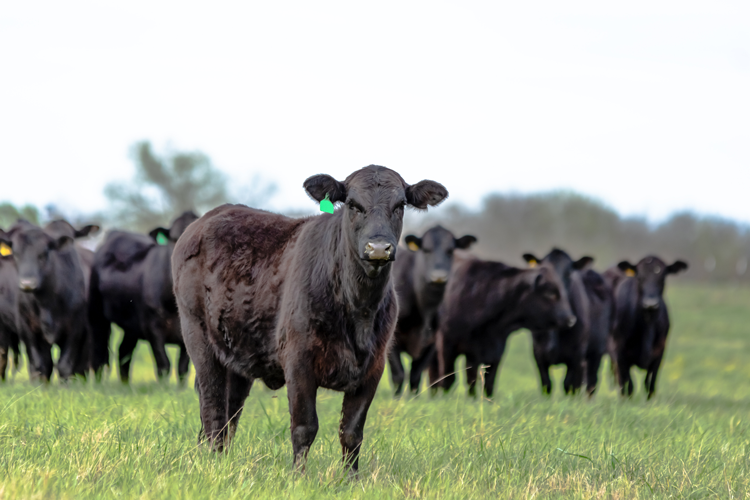Is virtual fencing the future |
| By Mary Drewnoski |
|
|

Last year, we started experimenting with virtual fencing at the University of Nebraska-Lincoln. As we’ve worked with it, I’ve started seeing more and more potential. While no virtual fencing system is 100% effective when it comes to containment — and therefore shouldn’t replace perimeter fencing — it can offer a lot of possibilities for grazing management. One of the biggest advantages of virtual fencing is the ability to create “interior” fences anywhere you want within the pasture perimeter. This gives you tremendous grazing flexibility. Are the cattle hitting one area of the pasture too hard and leaving other areas underutilized? With virtual fencing, you can simply exclude livestock from the overgrazed area by creating an interior fence in that paddock. This could be especially valuable for those who rent pasture, since you wouldn’t have to invest in building interior fences to realize the benefits of rotational grazing. Another opportunity with this technology is the ability to protect riparian areas. With virtual fencing, you can keep cattle out of waterways without having to constantly maintain fences along water gaps — something we all know can be laborious and time-consuming, especially after a flooding event. There’s also huge potential for using virtual fencing to allow livestock to graze annual forages that are planted on cropland. When annual species are actively growing, rotational grazing can be a game-changing strategy to help manage forage and keep it in vegetative growth stages while promoting better regrowth. Follow the leader One of the first questions we asked when experimenting with virtual fence was: Can we keep two groups of cattle within the same pasture separated using just virtual fencing? For example, could you graze heifers or young cows ahead of older cows, allowing the first group to take the best forage and the second group to clean up behind them? The virtual fencing companies we talked to weren’t optimistic about our hypothesis. So, we decided to test it ourselves. We ran a trial with two groups of stocker cattle on the same pasture, separated by an 80-foot buffer strip using virtual fencing. Over an eight-week period, the virtual fencing system maintained 99% separation between the groups. By the end of the grazing season, you could actually see the virtually fenced borders in the pasture because of animals’ grazing behavior — the technology was that effective. I think the bottom line is that leader-follower grazing techniques are absolutely in the cards and will be a viable practice with virtual fencing. Differences exist One of the opportunities I was most excited about throughout the experiment was using virtual fencing to intensify grazing. The first thing I learned during the trial was that there are significant differences between virtual fencing products — particularly in global positioning system (GPS) accuracy. That becomes especially important if you’re looking to rely on virtual fencing for more intensive and accurate grazing management. For instance, in our research, we’ve been using the eShepherd collars for strip grazing stockpiled sorghum-sudangrass in the fall and winter. We compared this virtual fence technology to more traditional temporary fencing made with polywire, and it was just as effective. An added bonus was that I didn’t have to drive fence posts into frozen ground or pull them out later as one would need to with polywire. That’s a win in my book. In our case, we were moving cattle about once a week and were able to get about one extra animal unit month (AUM) per acre while still leaving the same amount of forage residue in the pasture. And because virtual fencing makes moving livestock easier, we’ve also tested more frequent rotations. In a previous trial, moving cattle twice a week gained us 17% more forage available for grazing compared to moving animals once a week. I believe virtual fencing is going to open a lot of doors for grazing management in the future. Right now, the price tag may seem steep, but there are ways to make it pencil out. This article appeared in the April/May 2025 issue of Hay & Forage Grower on page 4. Not a subscriber?Click to get the print magazine. |
